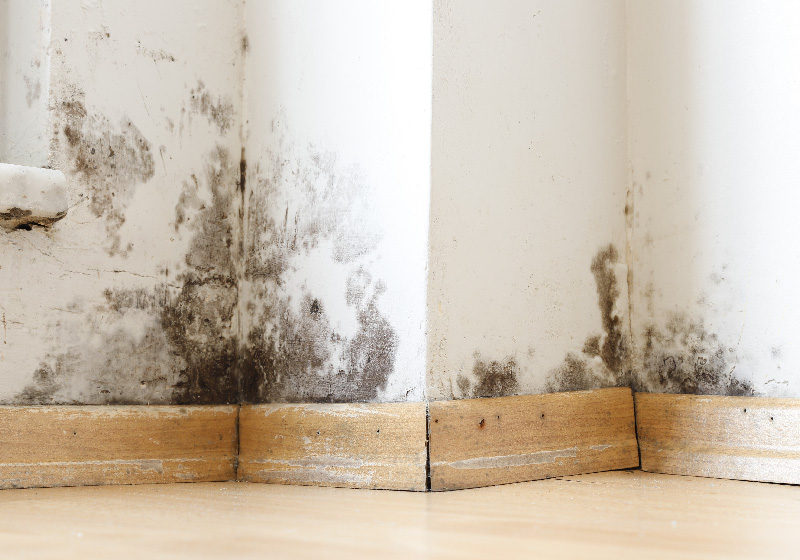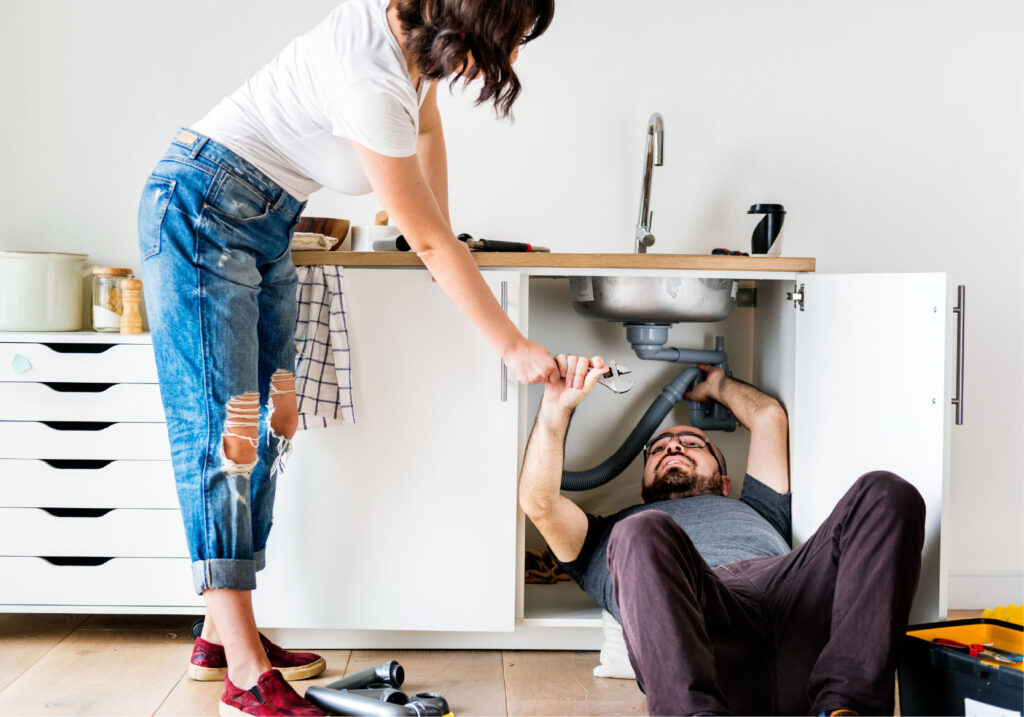Everyone has run into mold from time to time in their bathrooms, in their kitchens, or around leaking appliances. While mold can actually come in many different colors and varieties, the dark fuzzy spots that crop up inside homes are usually easy to take care of without much issue, especially when addressed quickly. However, when left unaddressed, mold can damage and permanently discolor materials that they’ve attached to, as well as negatively impact the health of anyone in the home. In fact, according to healthcare professionals over on Healthline, overexposure to mold can lead to infection, lung inflammation, and other symptoms.
Mold thrives in dark, moist, and warm environments, which means that issues in certain lesser trafficked areas of the home can easily get out of hand. If you experience any of the following, schedule a mold inspection to find the root of the problem:
Homeowners can keep mold at bay by reducing humidity in their homes, maintaining good ventilation, and cleaning spills quickly. In addition, check and clean out these areas to cover some of mold’s best hiding spots inside the home:
Contact your local NPI home inspector to schedule a mold inspection!



